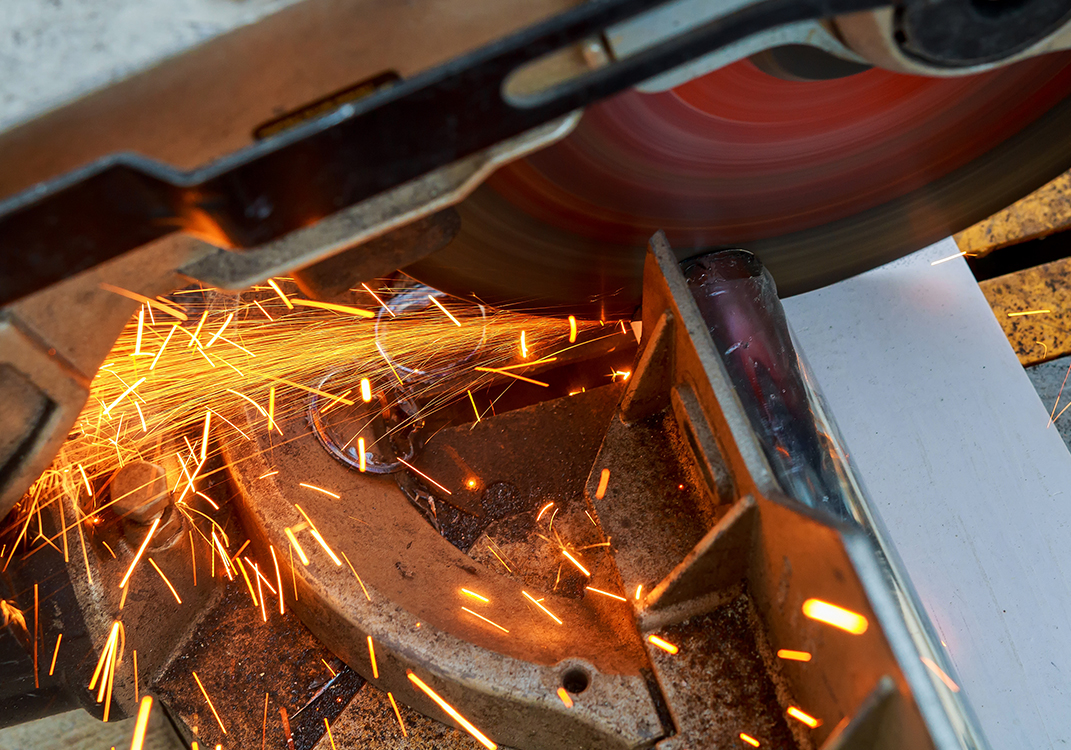When it comes to manufacturing in which precision and efficacy are essential and efficiency is paramount, diecasting can be seen as the most important method. Diecasting is a casting procedure that involves injecting hot metal into molds, also known as a “die”, at extreme pressure. The process is renowned because of its capability to create intricate designs with a high degree of accuracy and consistency. It is among the most adaptable and commonly employed metalworking techniques Diecasting is a key function in many sectors, from automotive to electronic to aerospace and.
Diecasting starts by creating the die, which is usually made from toughened steel. Die serves as the mold through which melting metal is put. The layout of the die should take into account the intended appearance of the finished product as well as factors like cooling channels for regulating the temperature, and ejector pins that take the casting out. When the die is ready and the material, which is usually composed consisting of zinc, aluminum or magnesium, is heated in a furnace, and introduced into the die at extreme pressures ranging from hundreds to thousands of pounds for each square inch. The pressure is designed to ensure that the material is able to fill all the cavity in the die. This results in accurate and exact castings.
One of the major benefits of diecasting is the capacity to make parts with high-quality surfaces. It is ideally suited in applications where dimensional precision as well as aesthetics are essential. Diecasting also offers superior productivity rates that allow the production of large numbers of components to be made rapidly and quickly. The combination of precision as well as efficiency and scale makes diecasting an ideal alternative for manufacturing companies in all sectors.

Diecasting’s versatility is not limited to the different types of metals employed. The wide variety of sizes and shapes which can be made. From complex components that have intricate geometries, to large structural pieces that can be made by diecasting, it is capable of accommodating various demands. Additionally, developments in the field of diecasting including computer-generated simulation and automated systems has further improved its capabilities and allowed for higher precision and efficiency during the process of manufacturing. For more information please visit here https://www.senadiecasting.com.my/
Alongside its technological benefits, diecasting has environmental advantages as well. In comparison to other processes for metalworking that are generally used, diecasting is known to produce lesser waste materials, since the metal that is left over from each casting may be reused and used again. In addition, the energy effectiveness of equipment for diecasting has increased in recent years, which has reduced the impact on the environment of diecasting. Since sustainability is one of the top priorities in many sectors and businesses, the green design of diecasting has further boosted the appeal of diecasting.
Diecasting is a testimony to the union of engineering precision and the highest quality of manufacturing. The ability of diecasting to create complicated parts with astounding precision and efficacy is what makes it a must-have in many industries. From automotive parts and electronic consumer products to medical devices, and even beyond diecasting is a crucial part in bringing new items to market. Technology continues to develop and the demand for top-quality personalized parts rises and diecasting will stay at the forefront of manufacturing technology, enabling advancement and development for the coming years.

